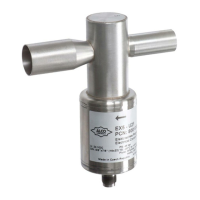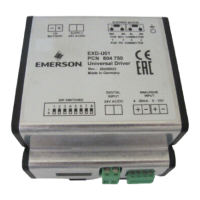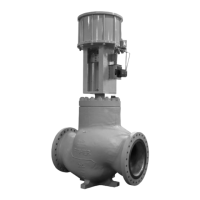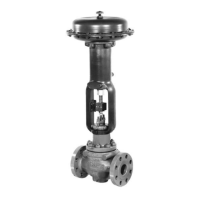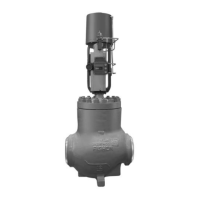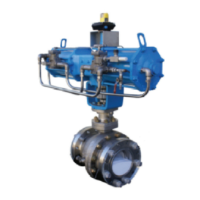Safety
Information
Introduction Installation
PowerTools
Pro Software
Communications
How
Motion
Works
How I/O
Works
Configuring
an
Application
Programming
Starting and
Stopping
Motion
Starting and
Stopping
Programs
Parameter
Descriptions
Drive
Parameters
Used by
EZMotion
Diagnostics Glossary Index
EZMotion User/Programming Guide 43
Revision A8 www.controltechniques.com
6.5 Camming
Electronic cams provide a non-linear motion function for a single axis. The basic motion can best be illustrated in 55 below of
a mechanical cam and cam follower (or slave).
Figure 55: Mechanical Master and Slave Follower
As the master axis (the cam lobe) rotates, the follower axis produces a non-linear motion profile. This same profile can then be
produced with a single motor driving a linear axis programmed with an electronic cam.
The cam motion object uses a master/follower principal in a synchronized mode and also has a follower with Realtime mode
that allows the follower to travel through its cam table without a physical master axis moving.
Control Techniques provides a Cam as a collection of cam table(s) that can be used individually of chained together to form a
full sequence of motion. Each cam table is a user specific sequence of movements whereby the user can specify the master
and follower movement along with the interpolation type. Coupled with a user program to monitor the flow, the motion can
dynamically be altered by changing the cam table chains selecting a different sequence of tables. You can further adjust the
flow by dynamically changing the cam tables themselves or using a cam table time base index to adjust time or distance.
180
135
90
45
315
270
225
180
0
MASTER
AXIS
FOLLOWER AXIS
(SLAVE)

